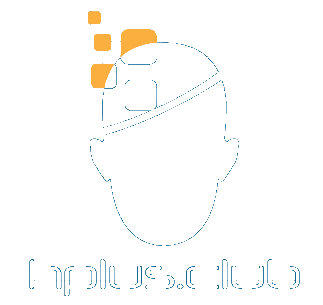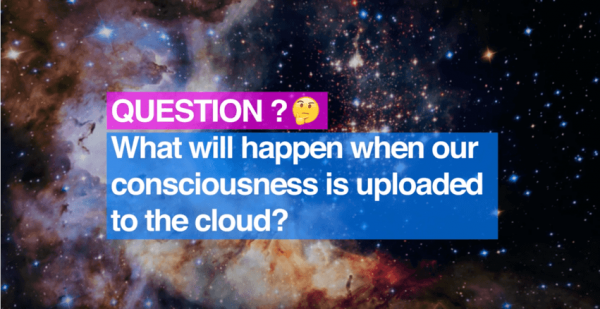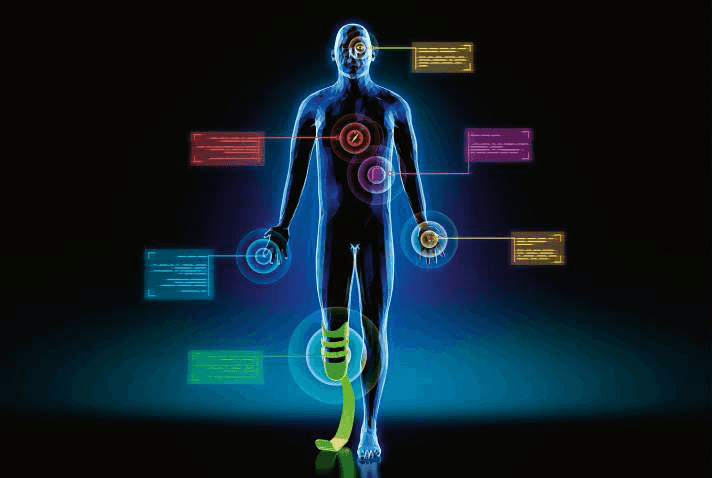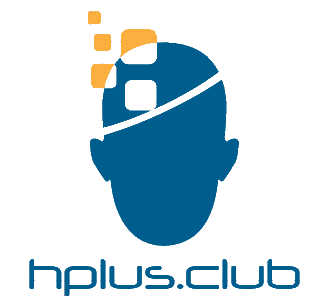- When will AI surpass Facebook and Twitter as the major sources of fake news? – May 23, 2023
- The evolution of aging – May 7, 2023
- The (new) telomere theory of aging – April 15, 2023
Nobody really knows right now how the brain creates consciousness. However, I surmise it is just a physical system property of the brain. (I admit I am not yet sure how to deal with David Chalmers’ hard problems, but I feel that there is also something profoundly wrong with his argument.) If it is true that consciousness is a physical property like anything else in the universe, what will happen after uploading our consciousness to the cloud? The answer is: It will become unconscious.
Mind uploading usually refers to the idea that you can scan an entire brain, and then upload this information to a computer that processes this data in a “virtual brain.” The virtual brain is a computer program that captures the essential processes of a physical brain in algorithms.
I believe the major flaw of this idea is that it confuses the computational representation with the object that is represented. To understand the argument, consider the following analogy.
Let’s first “upload” a weather system instead of a neocortex on a computer. Meteorologists do this all the time. They collect data about weather systems, upload this data to the cloud and then try to predict the weather with the help of their computational models. This means a “virtual weather system” runs on the computer.
Obviously in a weather simulation, nobody will get wet when it rains in the simulation because wetness is a physical system property. That is, this physical property does not really exist in the computer after you upload the weather system. Only a computational representation of wetness (or water) exists in the simulation.
This means if you collect all available information about a weather system (where it currently rains) and then upload all of this information to the cloud, all the real wetness will disappear and will be replaced with virtual wetness. “Virtual” actually means physically not existing. Everything inside the computer will be perfectly dry. Hence, when you upload a brain to the cloud, everything will be perfectly unconscious.
For some reason, people easily accept the difference between a computational model of a physical system and the physical system itself. However, when it comes to psychological properties such as consciousness, they somehow lose this distinction.
Perhaps the reason is that most people in the singularity camp who believe in mind uploading are dualists. That is, they believe consciousness is something that exists independently of a (real) physical brain. They thus replace Descartes’ res cogitans with res computans, also known as software. The brain becomes wetware that runs the mind. Descartes’ res cogitans runs in a very similar way the res extensa (the matter of the brain). (I am aware that someone who believes in mind uploading does not necessarily have to be a substance dualist, but I don’t need to go into philosophical details here because my argument does not depend on the distinction of the various forms of dualism. I just added this paragraph to show that supporters of the computational theory of the mind reason in a similar way as other dualists.)
Just like a soul can be transferred from the brain to any other system (to another body in some faiths), you can transfer res computans from the brain to the cloud. I suppose Descartes as a mathematician would have loved the idea that res cogitans is nothing other than mathematical calculations, also called computations.
This is the computational theory of mind which looses more and more supporters. One reason is that symbolic AI (GOFAI) has totally failed to deliver and cognitive science that is based on this philosophy hasn’t made any significant progress in the last few decades. The more we learn about the brain, the more it becomes clear that there simply is no level of description where the brain looks like a Turing machine. The brain is an insanely complex neural network and neural networks don’t execute computer programs although you can, of course, simulate neural networks in computers. To explain how the brain works, we don’t need this old dualist theory of the mind that distinguishes between software and hardware. This means that if the mind is not software, then you can’t upload it to a computer.
The problem with all dualist theories is that there is no scientific basis. Even though countless so-called theories of consciousness exist, nobody has the slightest clue how consciousness transpires in the brain. (This is one reason why I gave up my PhD project about scientific theories of consciousness.) But as things stand now, we have good reason to believe that consciousness is a physical system property of the brain and physical properties cannot be uploaded to a computer. Only information about physical systems can be uploaded. Thus, a brain simulation can only simulate consciousness and simulated consciousness is only virtual consciousness and therefore not real consciousness.
However, I do believe that Kurzweil is correct when he says that we will connect our brains to computers to get a more direct access to the information in the cloud. I just don’t think that this will upload our consciousness to the cloud.








Really? This old chestnut?
There’s a number of assumptions here. Let’s take “Wetness”. You take it, fail to define it with precision, and then assume it is a property a virtual system can never have. Why, what is special about “wet” that means that only a
You claim, essentially, that a computer simulation which models every aspect of global water systems, where virtual trees shake off virtual droplets in the virtual wind, virtual erosion takes place, And virtual animals have virtual dew condense on their virtually soaked fur in the virtual morning. Even if a human is immersed in it in the most accurate of VS simulations, experiencing the shiver of cold from a snowstorm, you say it will not model wetness in any way. Even if we somehow made a simulation that provided a sensation of wetness to a human that as far surpassed normal ones as saccharine surpasses sugar in sweetness, it would still be virtual wetness. Even if that human touched his skin, dry in our world, and swore it was soaaked through, it would not be wetness.
It’s hard to see what wetness even IS, then. Unless you define it as something that only works on the substrate and at the scale humans inhabit by fiat. “Only objects that are made wet by actual water, on earth, on the macro scale, are wet.” anything else, no matter how wet it looks or makes you feel, is not wet, because it doesn’t spontaneously break out of the computer and wet you.
One might as well say the Computers only do “Virtual” math, not the REAL type of math that can only be represented and experienced in human minds, no matter how accurate their output is. Virtual math is NOTHING, because that’s what a model of something is, and of course a quad NAND gate is only a loose approximation of the very complex structures that do math in our brain.
Nevertheless, they get the same answers. Maybe humans do virtual math and computers real math?
You made a good point. Maybe we can build a computer with a good BMI that tickles your (real) neurons in a way that makes you believe that you feel real wetness. But does this really prove that real wetness caused your sensation? The problem with sensations is that they can be deceiving. Is David Copperfield doing real magic or he is just fooling your senses?
Maybe wetness is not a good example to understand the extend of this argument. How about a black hole simulation? Can we create a black simulation that makes you believe that you are sucked into the black hole? I guess we can with the right connection to your brain. But does that mean that a real black hole, with real gravity is around? Would anybody on earth be concerned if you create a simulation of a supermassive black hole in the cloud? Likewise, if we create a perfect brain simulation, does that mean that real consciousness is around? Or are we just simulating consciousness?
I’m trying to work out why that would matter, as to anyone inside the (impossibly accurate) simulation, the Black Hole would indeed have gravity, and indeed have disasterous effects. That’s kind of the point of a simulation. yeah, it’s air gaped from the substrate because that’s what it is running on. It can’t NOT be, any more than a black hole in our universe can pull in objects in another. Doesn’t make it less of a black hole because it isn’t destroying all possible earths.
But why does it make it less real? You haven’t shown any fundamental difference between our world and a simulation of our world at the quantum level. If you are wrong and our own world is a simulation of some kind (which I think would neatly disprove your analysis.) how would you argue against people “one level up” arguing you had no true consciousness?
Both are consistent, both do the same things. I feel the burden of proof is on the person who says that the thing that looks like a duck and talks like a duck is in fact not even a bird because it lives over the mountains and can’t get to us and in any case was genetically engineered and grown in a vat.
at what point does a intrinsic property being accurately represented lose any meaning ? a artificial brain does not have to be conscious in the exact we are. it only has to be close enough that it is functionally the same. you cant honestly expect that them to have to be one to one. you don’t need a perfect water simulation. you just need a accurate one.
The point is that representing a physical property (intrinsic or systemic) is not enough to recreate this property physically. Representing a physical property in a book does not recreate this property. A book about black holes does not create black holes. Nobody who is reading a book about black holes has to fear to be swallowed by the book.
I am fine with different types of consciousness and an artificial brain that consists of physical neurons made of silicon might be conscious. We will know for sure once we have a theory of consciousness. However at this point we don’t have a clue how this theory could look like. It is futile to try to build something that we don’t understand at all.
What we already know for sure is that simulating neurons on a computer will not recreate physical neurons and therefore also not recreate consciousness just as simulating black holes on a computer does not recreate real, physical gravity. Nobody will be drawn into a computer by simulating black holes. Representations don’t have the physical powers of the things they represent. They only represent these physical powers.